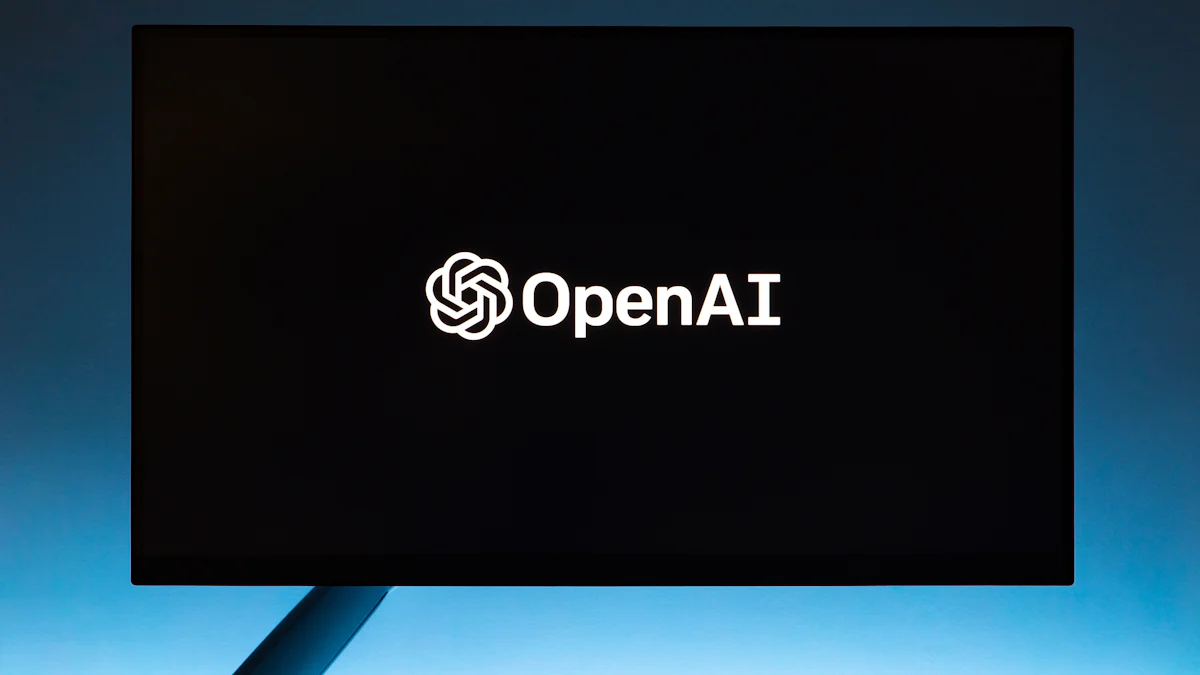
# Introduction to OpenAI (opens new window)'s Vector Database (opens new window)
In the realm of AI and machine learning, OpenAI stands out as a pioneer, constantly pushing boundaries. One of their groundbreaking tools is the Vector Database, a game-changer in handling high-dimensional data (opens new window) efficiently.
# What is a Vector Database?
To grasp the concept, think of it as a specialized system designed to store and manage large sets of vectors effectively. These databases play a crucial role in indexing data for AI applications, enabling swift similarity searches using machine learning algorithms (opens new window).
# The Basics of High-Dimensional Data
Vector databases are tailored to manage context-rich data adeptly, facilitating complex computations like similarity searches. They act as the backbone for storing and indexing data efficiently, a fundamental aspect in modern AI ecosystems.
# Why Embeddings Matter
Embeddings are at the core of AI advancements, enhancing models' understanding and performance significantly.
# The Role of Embeddings in AI
Embeddings serve as representations of data that capture intricate relationships between entities. They empower AI systems to comprehend context better, leading to more accurate predictions and outcomes.
# 1. Speeding Up Information Retrieval
In the realm of large-scale applications, the vector database plays a pivotal role in enhancing functionality and efficiency by representing items as vectors. This innovative approach not only speeds up information retrieval but also enables personalized recommendations, improving user experience significantly.
# How the Vector Database Works
The essence of the vector database lies in its ability to transform textual data into numerical vectors (opens new window), creating a streamlined process for data storage and retrieval. By converting text inputs into high-dimensional vectors, this system simplifies complex computations and accelerates search operations remarkably.
# From Text to Vectors: A Simplified Explanation
Imagine each word or phrase in a document being transformed into a unique set of numbers that represent its semantic meaning. These numerical representations, known as vectors, allow for efficient comparison and retrieval of similar content based on their proximity in vector space.
# Real-World Impact on Speed
My firsthand encounter with faster data access through vector databases left me astounded by the immediate results. The rapid retrieval capabilities not only saved time but also enhanced the overall efficiency of my projects.
# My Experience with Faster Data Access
During a recent project where quick access to relevant information (opens new window) was crucial, leveraging a vector database proved instrumental. The speed at which I could retrieve specific data points and conduct similarity searches was unparalleled, leading to more informed decision-making processes and accelerated project timelines.
# 2. Improving Accuracy of Search Results
In the realm of database management, precision is paramount for ensuring reliable search outcomes. Vector databases play a pivotal role in enhancing the accuracy of search results by enabling efficient similarity matching and retrieval processes.
# The Magic Behind More Relevant Results
Understanding Semantic Search (opens new window) is key to grasping how vector databases revolutionize information retrieval. Unlike traditional databases, vector databases excel in approximate searches, focusing on top results that may not guarantee 100% accuracy but prioritize relevance. This shift in approach emphasizes the importance of metrics like "recall rate (opens new window)" alongside conventional performance indicators such as queries per second (QPS) and latency.
# Understanding Semantic Search
Semantic search algorithms delve into the contextual meaning of data points, allowing for nuanced comparisons based on semantic relationships rather than mere keyword matches. By leveraging these advanced algorithms (opens new window), vector databases elevate search accuracy (opens new window) by retrieving contextually relevant information efficiently.
# A Personal Story: Finding the Needle in the Haystack
Reflecting on a recent project where precise search outcomes were critical, I witnessed firsthand how accurate results from a vector database transformed my project's trajectory. The ability to swiftly identify and retrieve relevant data points based on their semantic proximity (opens new window) streamlined decision-making processes and significantly enhanced project outcomes.
# How Accurate Results Changed My Project
By harnessing the power of vector databases, I experienced a paradigm shift in search accuracy. The elimination of irrelevant results and focus on contextually similar matches not only expedited data retrieval but also elevated the overall quality of insights generated, underscoring the transformative impact of precise search capabilities.
# 3. Facilitating Advanced AI Applications
# Beyond Basic Searches: The Future of AI
As we delve into the realm of advanced AI applications, the integration of vector databases (opens new window) marks a significant turning point in the landscape of artificial intelligence. These databases serve as catalysts for innovation, unlocking powerful capabilities that redefine how AI systems process and interpret data.
# Examples of Cutting-Edge Applications
The infusion of vector databases into AI ecosystems has ushered in a new era of sophistication in applications. One notable advancement lies in the realm of natural language processing (opens new window) (NLP), where models equipped with vector embeddings showcase unparalleled accuracy in understanding context and nuances within textual data. Additionally, image recognition algorithms have seen remarkable enhancements, enabling machines to discern intricate patterns and features with exceptional precision.
# Why This Matters to Us
The evolution towards smarter AI facilitated by vector databases holds profound implications for various industries and societal sectors. By embracing these technological advancements, we are not only enhancing operational efficiency but also paving the way for more intelligent decision-making processes across domains.
# Preparing for a Future with Smarter AI
As organizations and individuals navigate an increasingly data-driven world, the integration of vector databases stands as a cornerstone for future-proofing AI capabilities. The collaboration between industry leaders like Alibaba Cloud AnalyticDB (opens new window) and OpenAI underscores the strategic importance of leveraging advanced database technologies to meet the evolving demands of modern enterprises. Embracing this paradigm shift towards smarter AI equips us with the tools necessary to thrive in an era defined by rapid technological advancements and unprecedented data complexity.
List:
Enhanced natural language processing accuracy
Improved image recognition algorithms
Intelligent decision-making processes across industries